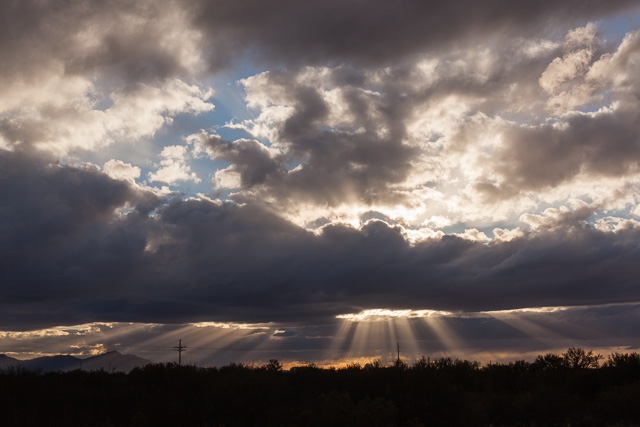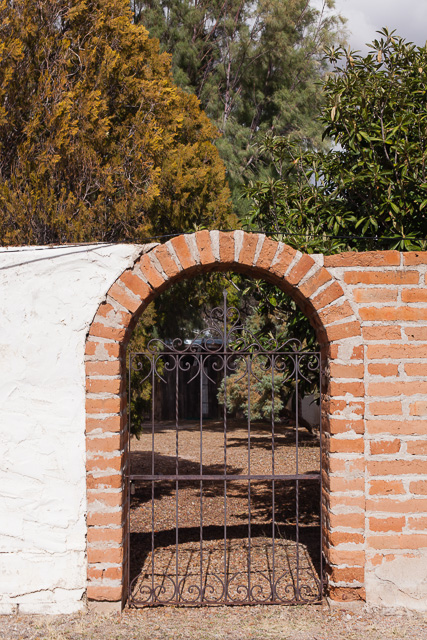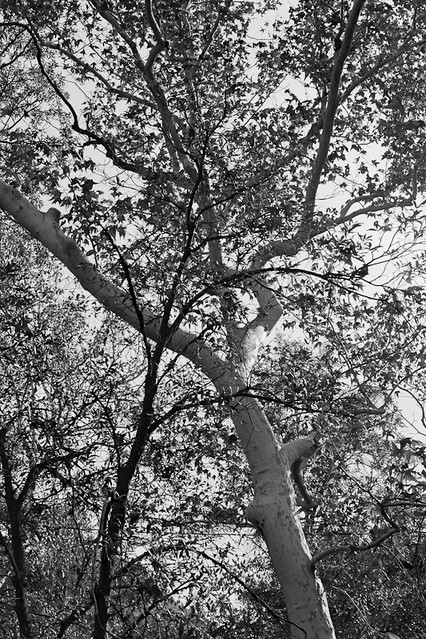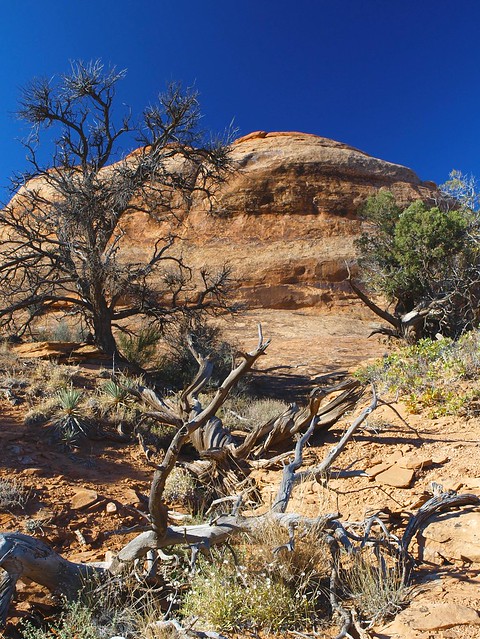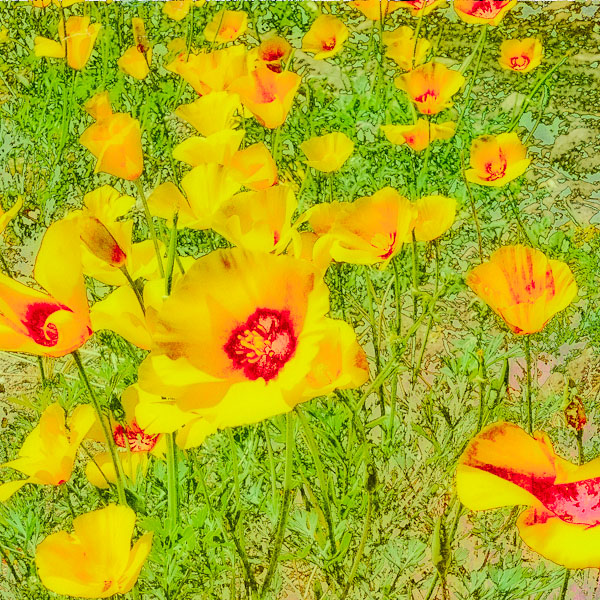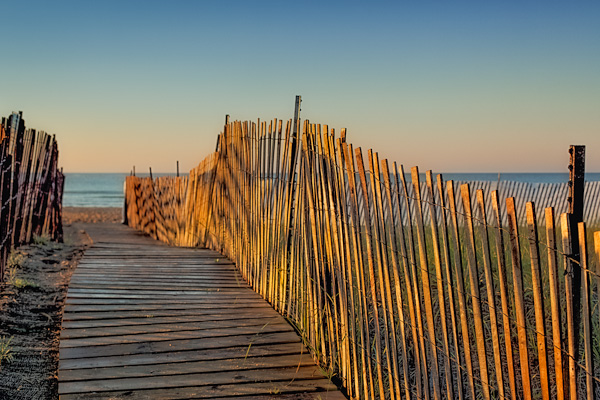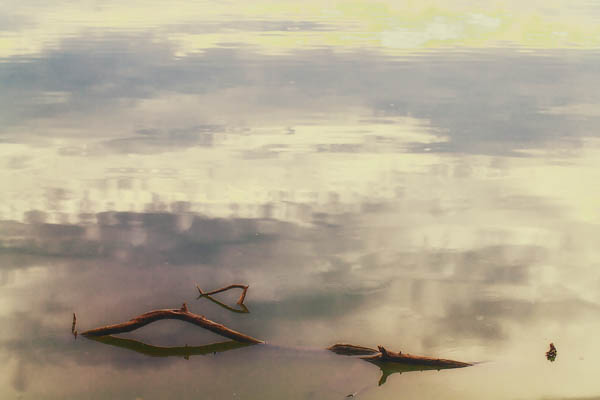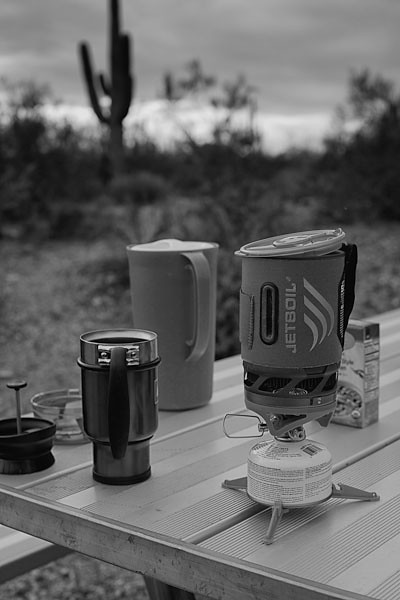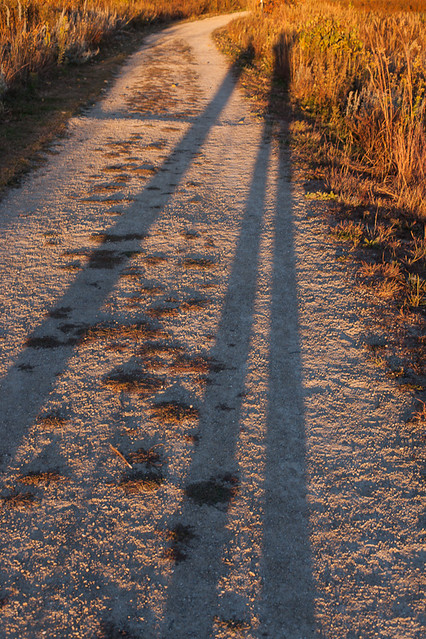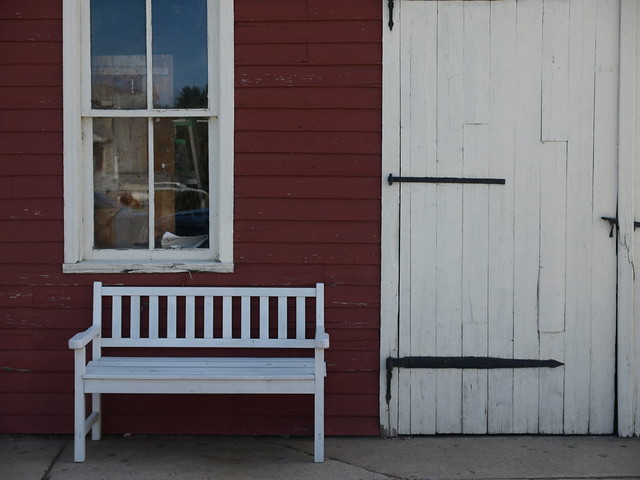The weather has been volatile in southern Arizona the past few days. Layers of billowing gray clouds, scattered puffy white clouds, rain, icy mix, a bit of snow, lots of wind, a few periods of bright blue skies.
This is the type of weather changes I’m accustomed to in the Midwest, but my weather watching skills had gotten a bit stale. When I looked at the weather graphics over the Arizona map, there was usually a sunny sun. occasionally a sun with a few clouds, infrequently a chance of rain. It is easy to love a blue sky day.
But these past few days offered opportunities in sky watching that were unmatched in my brief history of Arizona sky watching. Wow. The clouds hovering atop the many mountains peaks or obliterating the mountains themselves in gray swirly masses are captivating. Rainfalls in the desert bring a certain sense of glee, suspending all manner of plans and sensibilities.
And the cloudbreaks, just as the sun is setting are enough to make me stop the car, haul out my camera gear, and capture the sun rays spreading far across Oro Valley.
—————-
Bo Mackison is a photographer and owner of Seeded Earth Studio LLC. Yesterday she took a day trip across southern Arizona, was enthralled with the scenery and the pageantry in the skies.
